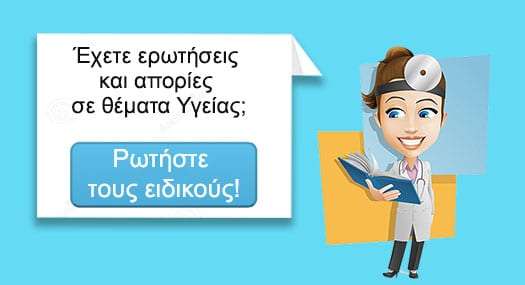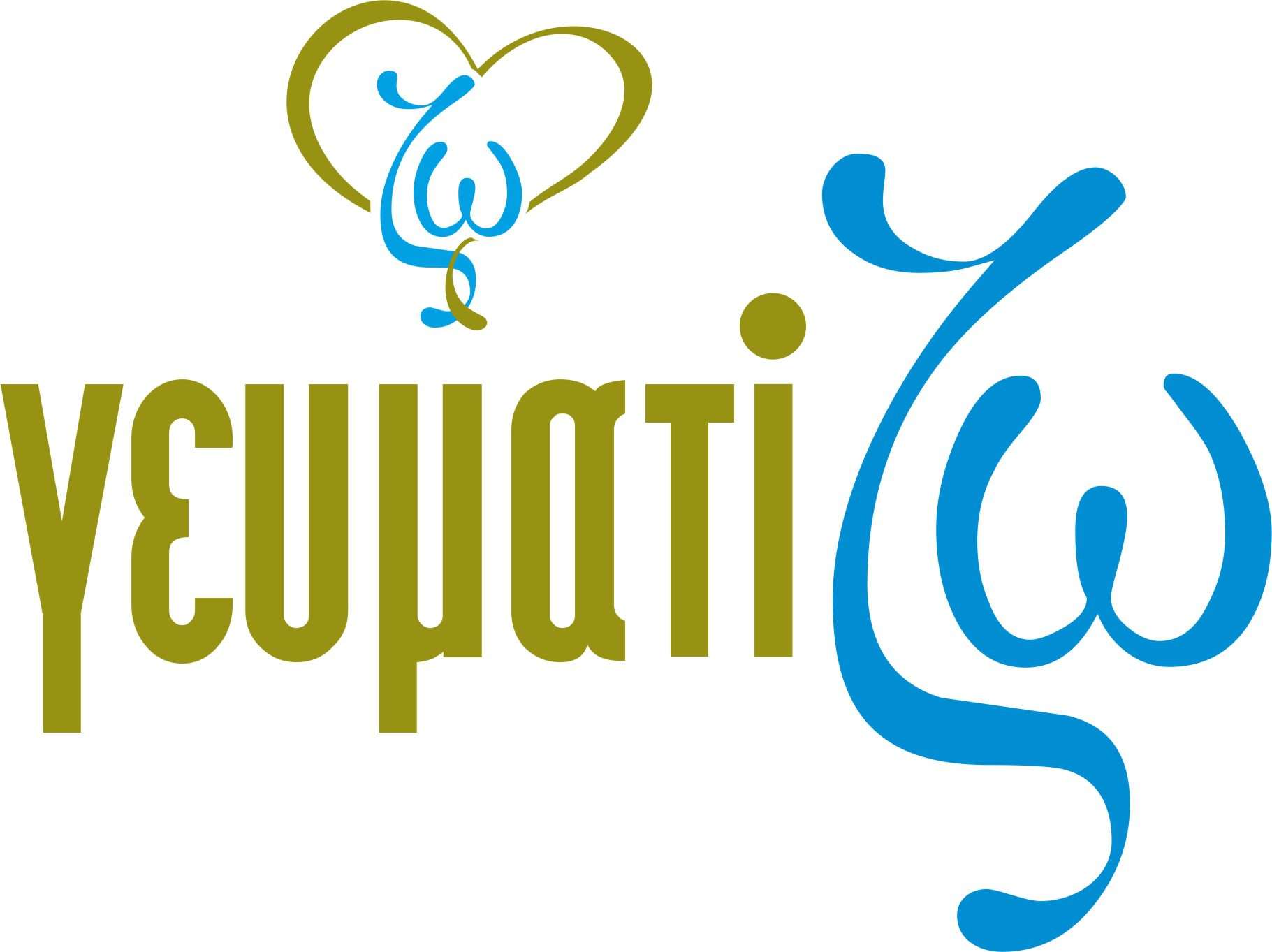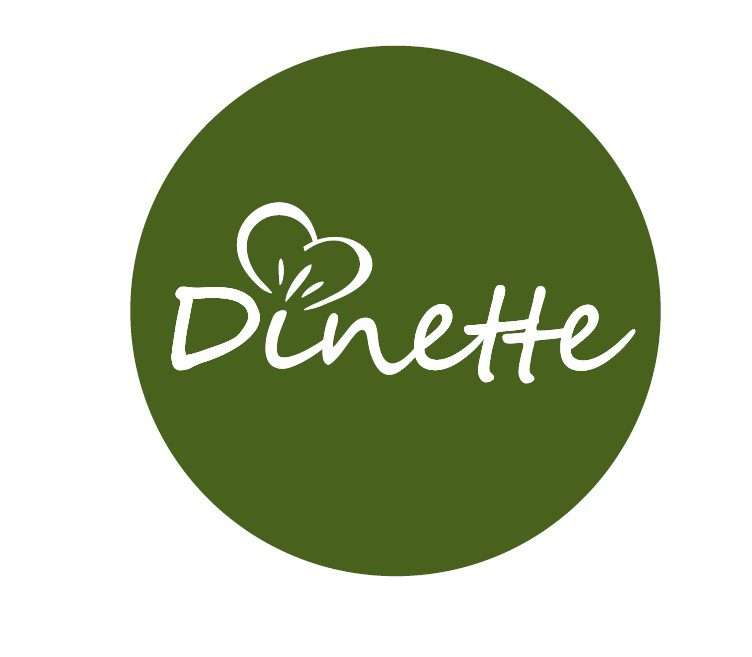About The Pilates Method
Are you new to Pilates? You’re not alone!
Pilates is one of the fastest growing forms of exercise in the world. In the U.S., Pilates participants have grown in number from 1.7 million in 2000 to 10.6 million in 2006 and in Europe to 6 millions! And it continues to spread around the world.
Why is the Pilates method has such a dramatic growth, and how can it benefit you, too?
What is The Pilates Method
Pilates is based on Contrology (from control and logia – λογια in Greek).In this program the mind ‘learns’ to control the core postural muscles which help keep the body balanced. In particular,Pilates exercises teach awareness of breath and alignment of the spine, and aim to strengthen the deep torso muscles.
History
Pilates was named by Joseph Pilates during the First World War. He developed this method in order to improve the rehabilitation program for the many returning veterans. He believed mental and physical health are essential to one another.
Pilates created “The Pilates Principles” to condition the entire body:
proper alignment
centering
concentration
control
precision
breathing
flowing movement
He wrote two books concerning the Pilates method, Return to Life through Contrology (1928) and Your Health: A Corrective System of Exercising That Revolutionizes the Entire Field of Physical Education (1934).
His method has a philosophical and theoretical foundation. It is not only a collection of exercises, but a method developed and refined over more than eighty years of use and observation.
The Benefits of Pilates
A refreshing mind-body workout
Pilates gets your mind in tune with your body. By emphasizing proper breathing, correct spinal and pelvic alignment, and complete concentration on smooth, flowing movement, you become acutely aware of how your body feels, where it is in space, and how to control its movement. The quality of movement is valued over quantity of repetitions. Proper breathing is essential, and helps you execute movements with maximum power and efficiency. Last but not least, learning to breathe properly can reduce stress.
Build strength without “bulking up”
Conventional workouts tend to build short, bulky muscles – the type most prone to injury. Pilates elongates and strengthens, improving muscle elasticity and joint mobility. A body with balanced strength and flexibility is less likely to be injured.
Develop a strong core
Pilates exercises develop a strong “core,” or center of the body. The core consists of the deep abdominal muscles along with the muscles closest to the spine. Control of the core is achieved by integrating the trunk, pelvis and shoulder girdle.
Learn efficient patterns of motion
Pilates exercises train several muscle groups at once in smooth, continuous movements. By developing proper technique, you can actually re-train your body to move in safer, more efficient patterns of motion – invaluable for injury recovery, sports performance, good posture and optimal health.
Try it!
New to Pilates and wondering how to get started? Contact us on: 210 8958 048 or visit our website: www.physioworld.biz
Our experienced staff will answer all your questions and will help you to design the best exercise programme based on your needs



